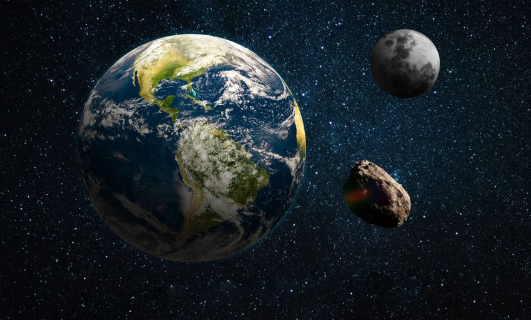How Much of the Ocean Have We Actually Discovered?
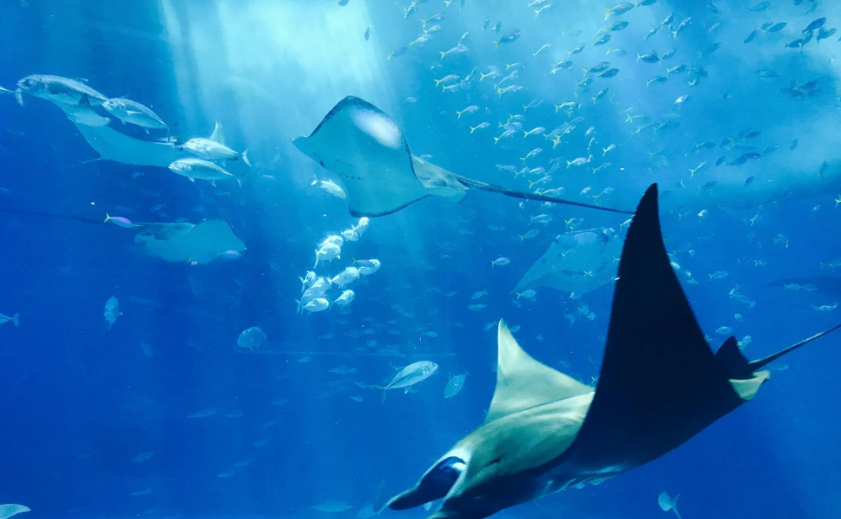
© W W / Pexels
Ever wondered how much of our vast, mysterious oceans we’ve uncovered? Spoiler alert: not nearly as much as you’d think!
While we’ve sent submarines, robots, and even some brave divers into the depths, we’ve only explored a tiny fraction of what’s beneath the waves.
These are the surprising truths about how much we’ve really discovered, and how much is still hiding in the deep blue!
The Earth & the Ocean
The world’s oceans cover about 71% of the Earth’s surface, leaving only 29% covered by land. These oceans are home to over two million known marine species, but the exact number remains unknown. It’s estimated that a staggering 91% of species have yet to be discovered, highlighting how much of the ocean remains unexplored.
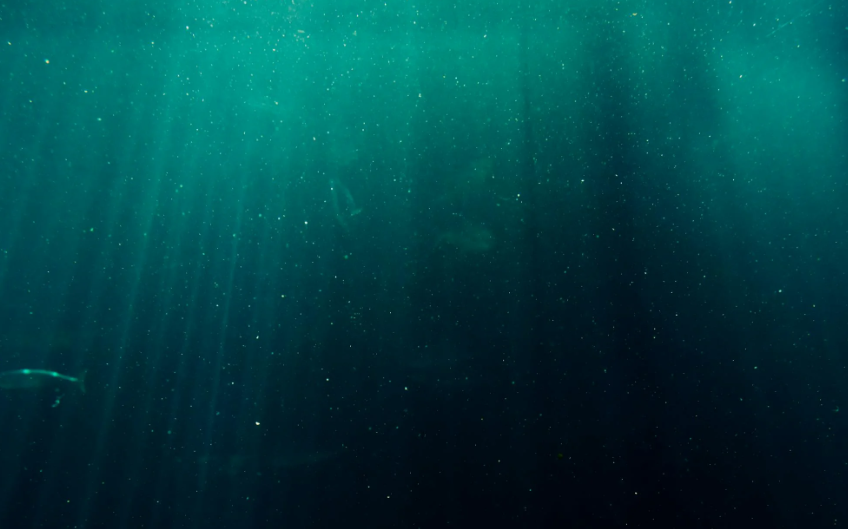
The sunlight zone, extending from the surface to about 656 feet (200 meters), is where photosynthesizing plants can grow due to sunlight availability. This zone is easier to explore because visibility is better, and the pressure is lower.
What Is the Deep Sea?
The deep sea refers to areas below 656 feet, with the twilight zone being the next layer. This zone has reduced light but isn’t completely dark.
At around 3,280 feet (1,000 meters), you enter complete darkness. While the sunlight zone is warmer due to sunlight, the deep sea is extremely cold, with an average temperature of 39°F (4°C). The deep sea has extremely high pressure, making exploration challenging. As you go deeper, the pressure can increase by more than 110 times the atmospheric pressure we experience on land.
Ocean Exploration and its History
Sailing expeditions began in ancient Egypt around 4000 BC, primarily for travel across the Mediterranean. Diving expeditions are believed to have started around 1000 BC, with Greek poet Homer and philosopher Plato referencing underwater diving for sponge collection in their writings.
Ancient civilizations sailed for travel and warfare, with the Vikings undertaking sea expeditions around 900 to conquer lands like Iceland, Newfoundland, and Greenland. In 1519, Ferdinand Magellan and his crew completed the first circumnavigation of the world.
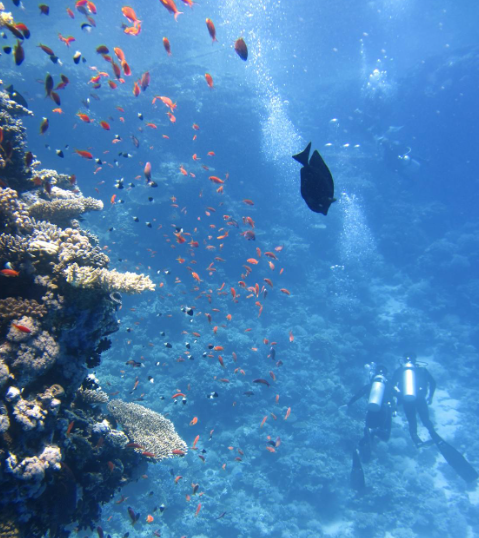
In 1620, Dutch engineer Cornelius Drebbel built the first submarine, made of wood and powered by oars. Over time, inventions to aid ocean exploration gradually emerged.
In 1840, Sir James Clark Ross conducted the first deep sounding, measuring a depth of 14,449 ft (4,404 m) in the South Atlantic Ocean. Following this, the mid-19th century saw an increase in expeditions to explore the ocean’s depth, composition, and marine life.
How Much Have We Explored So Far?
Only 5% of the world’s oceans have been explored, with some areas mapped. However, over 80% of the ocean remains unmapped, unexplored, and unobserved.
A large portion of the ocean remains unexplored due to the high cost and difficulty of exploration, as well as the relatively recent advancements in modern technology that make such exploration possible.
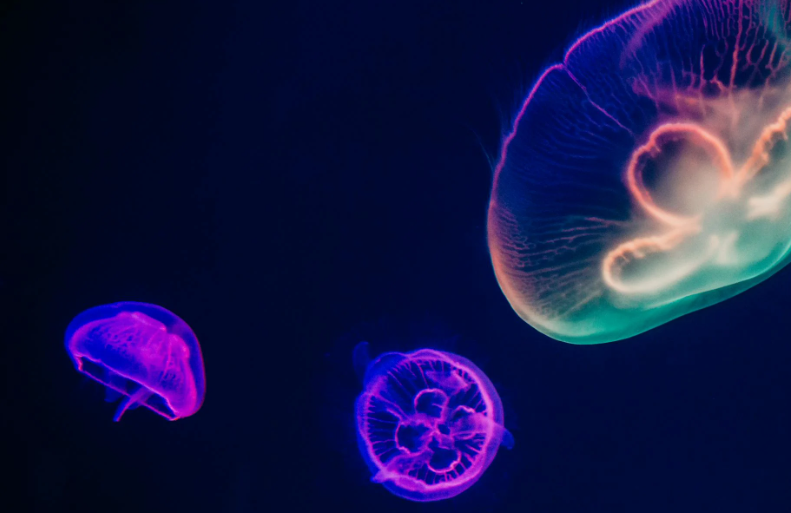
While early ocean expeditions focused on world exploration and travel, modern technology has significantly advanced our ability to explore the ocean in greater depth.
Advancements
Significant advancements in ocean exploration technology have only emerged in the past century, revolutionizing our understanding of the deep sea. These innovations have made it possible to explore previously unreachable depths, collect accurate data, and uncover new marine species and ecosystems.
From sonar mapping to remotely operated vehicles (ROVs) and deep-sea submersibles, modern technology has played a crucial role in expanding our knowledge of the vast and largely uncharted ocean.
What Have We Discovered?
Ocean exploration has led to numerous major discoveries, highlighting the ocean’s environmental and economic importance to humanity. Understanding the ocean helps with marine conservation and the sustainable use of its resources, some of which may be crucial for human survival.
Throughout history, various exploration efforts have uncovered key insights about marine life, underwater ecosystems, and oceanic processes. These are some of them:
The Deepest Point in the Ocean
The Challenger expedition (1872-1876) was one of the first scientific missions dedicated to studying the ocean. Conducted aboard the HMS Challenger, it aimed to explore the seafloor’s geological features, marine life, and ocean temperatures and currents, marking a significant step in oceanography.
The HMS Challenger sailed from England to various locations, including southern Africa, Australia, New Zealand, and the Hawaiian Islands. During its journey across the Pacific Ocean, the crew discovered the deepest point in the ocean.
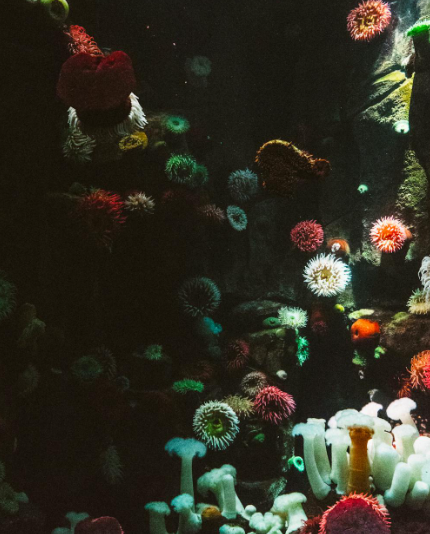
The Challenger expedition used sounding technology to identify the Mariana Trench as the deepest point in the ocean, measuring nearly 7 miles (11.3 km) deep. The crew also discovered over 4,500 new marine species during their journey.
Marine Life Documentation
The Census of Marine Life was a 10-year global project starting in 2000, involving over 2,500 scientists working together to document and better understand marine life. It led to the discovery of over 6,000 new marine species and provided one of the most extensive reports on ocean life, revealing species living in deeper waters than previously known.
The Deep Sea
In 1843, naturalist Edward Forbes introduced the Azoic hypothesis. It suggested that life couldn’t exist beyond 1,800 ft (549 m) in the ocean. This claim sparked debate for two decades, as scientists questioned whether marine life could survive in the deep sea.
The theory was finally disproven in 1867 when Louis F. de Pourtales conducted a dredging operation off the southern coast of Florida. During his exploration, he discovered deep-sea organisms living as far down as 3,102 ft (945 m). This proved that life could thrive in the ocean’s depths.
The Azoic hypothesis was completely disproven when marine zoologist Charles Wyville Thomson discovered marine life at depths of 14,400 ft (4,389 m) during a dredging operation.
Technology Surrounding Ocean Exploration
Advancements in science and technology have made ocean exploration more feasible, with various tools used to study the ocean. These include underwater vehicles, satellites, and Geographic Information Systems (GIS). Sonar instruments, such as multibeam sonar, side-scan sonar, and split-beam sonar, are commonly used to map the seafloor, detect objects, and calculate distances in the deep sea.
Sonar technology plays a crucial role in ocean exploration by helping scientists map the seafloor, discover geological features, and detect objects or marine life. In addition, sonar systems emit sound waves, which bounce back when they hit an object or surface.
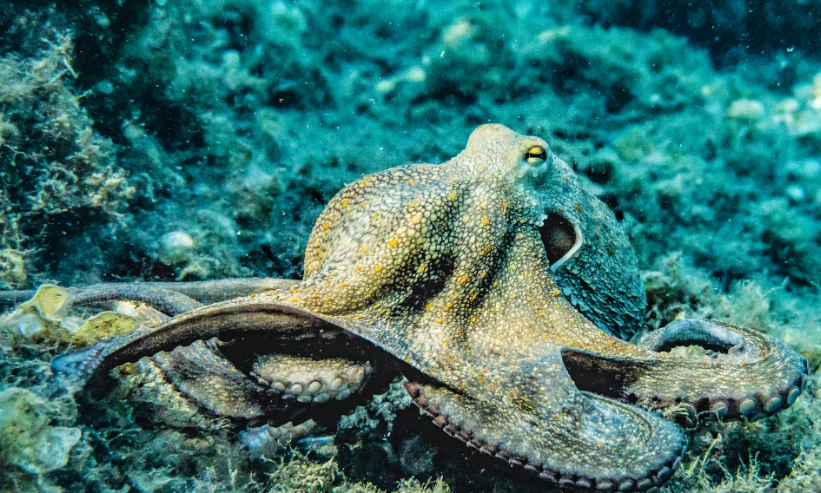
By calculating the time it takes for the sound waves to return, sonar can determine the distance to objects or the seafloor. This technology is essential for understanding the deep ocean and uncovering features that are otherwise difficult to explore.
In the early 1900s, Reginald Fessenden invented the first acoustic device for seafloor exploration. This led to the development of sonar systems. Another key tool for ocean exploration is human-occupied vehicles (HOVs). This includes submersibles, which allow scientists to closely examine objects, features, and marine life. The first submersible built exclusively for marine exploration was the USS Albatross.
Can Satellites Help Ocean Exploration?
Satellites were first launched during the space race in the 1950s. They allowed scientists to monitor various oceanic factors such as sea surface temperature, coral reefs, and ocean depth. Many ocean exploration technologies, including the first US Navy submarine (the Alligator), were initially designed for warfare.
In the 1950s, Remotely Operated Vehicles (ROVs) were developed, initially used by the US Navy to find lost torpedoes. By the 1980s, ROVs gained popularity for commercial use and became crucial for ocean exploration. It was equipped with cameras, lights, sonar systems, and other tools to gather data.
How Difficult Is Exploring the Ocean?
Exploring the deep sea is considered the most challenging aspect of ocean exploration due to various difficulties. Oceanographer Dr. Gene Carl Feldman has stated that some parts of deep-sea exploration are even more difficult than sending people into space.
Scientists face several challenges in fully exploring the ocean. This includes immense pressure, near-freezing temperatures, high expedition costs, and the need for further technological advancements. These extreme conditions make deep-sea exploration particularly difficult.
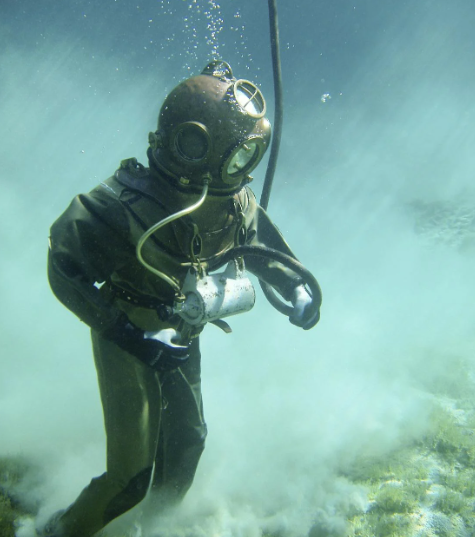
In the deepest parts of the ocean, pressure can be over 1,000 times greater than at the surface. Despite advancements in ocean exploration technologies, there is still significant potential for further developments to make expeditions easier.
While ocean exploration technologies have improved, there’s still room for progress to make expeditions more efficient. Operating ocean research vessels can cost tens of thousands of dollars daily. Moreover, $1 billion has been allocated to NOAA for ocean exploration programs.
You might also want to read: Breathtaking Facts You Never Knew About Jellyfish


